A first-person account on the culture, tradition, art, life and architecture of the country Bali by dancers of Apsaras Arts, Janani Arun Kumar and Periyachi Roshni.
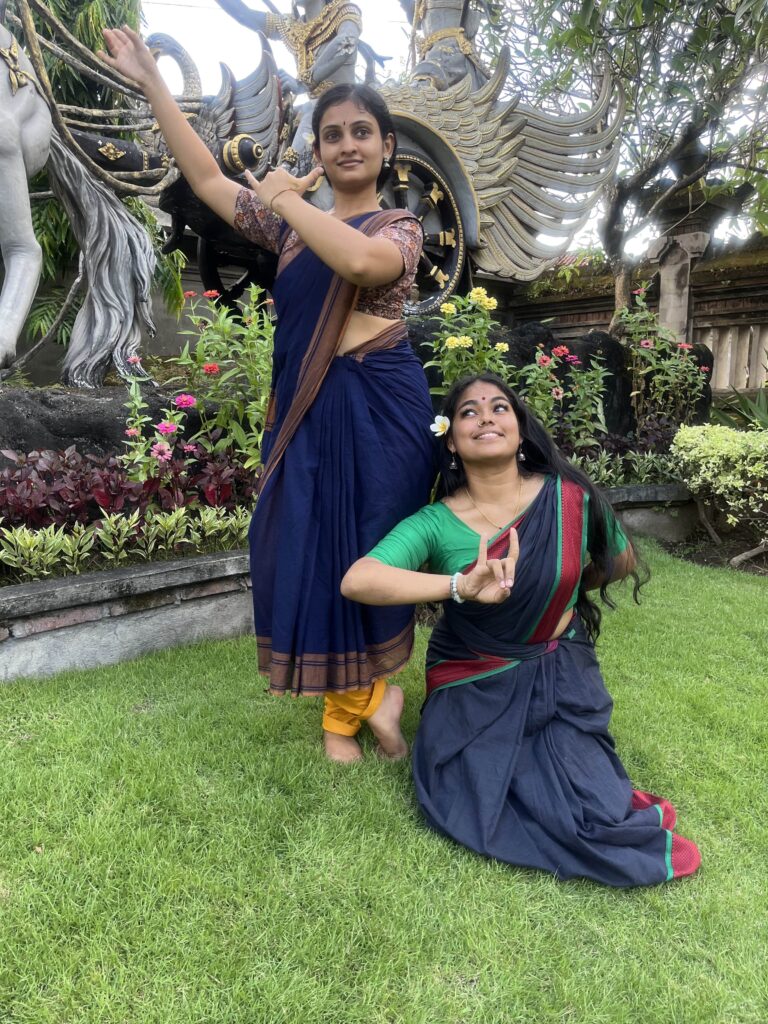
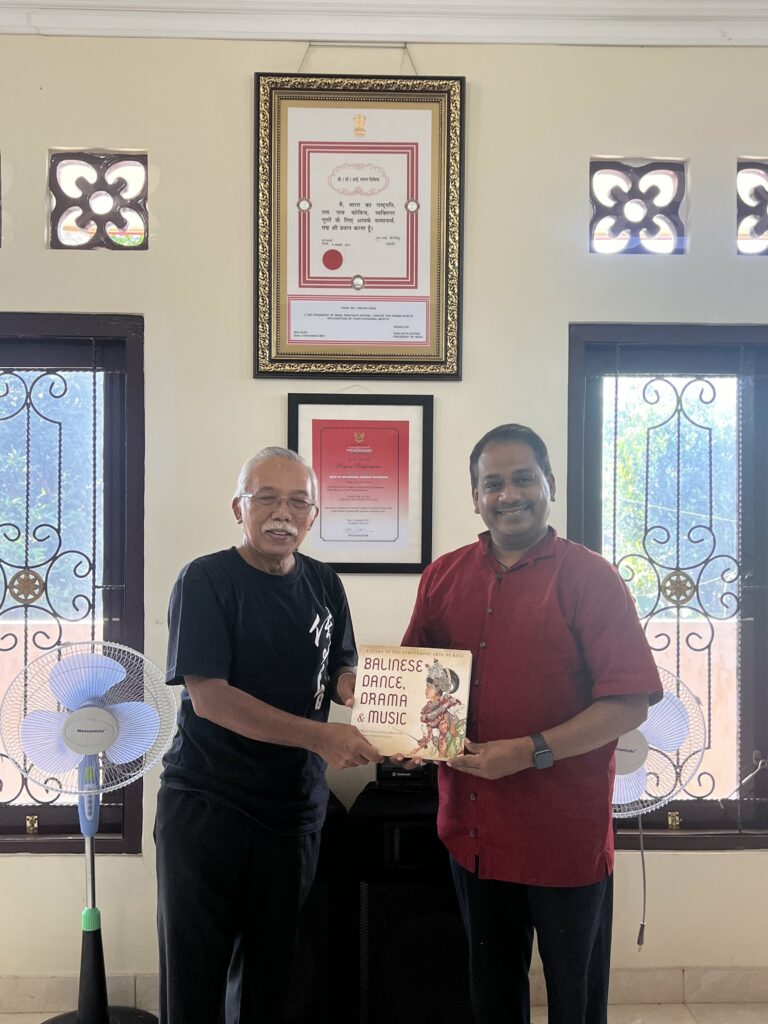
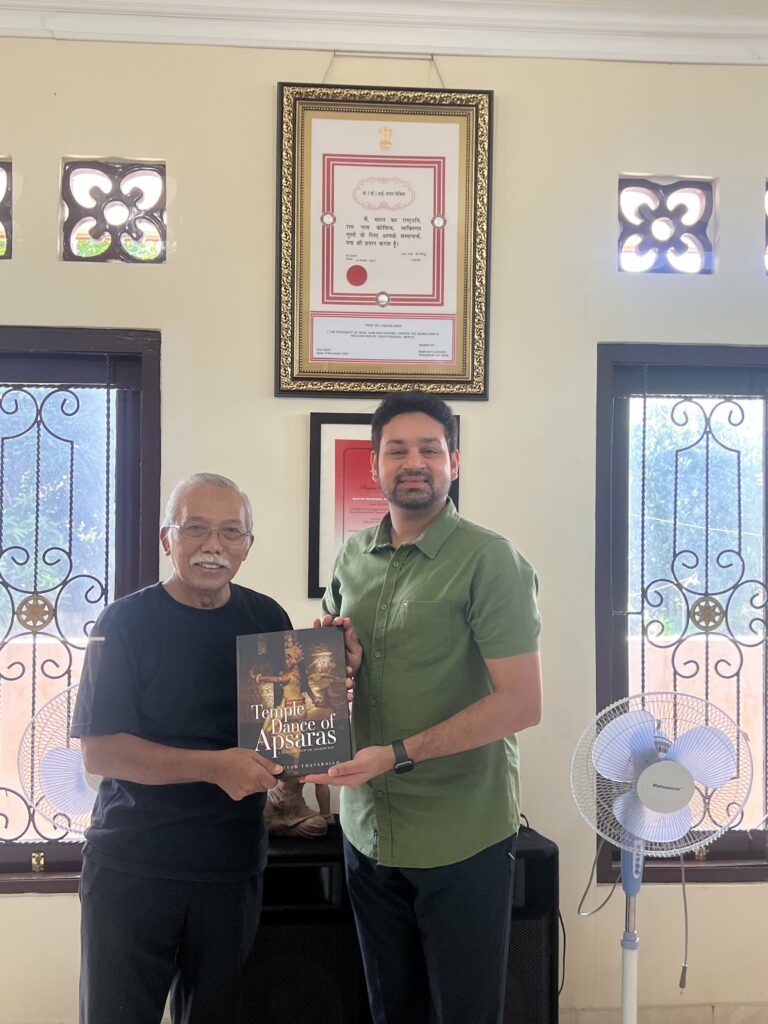
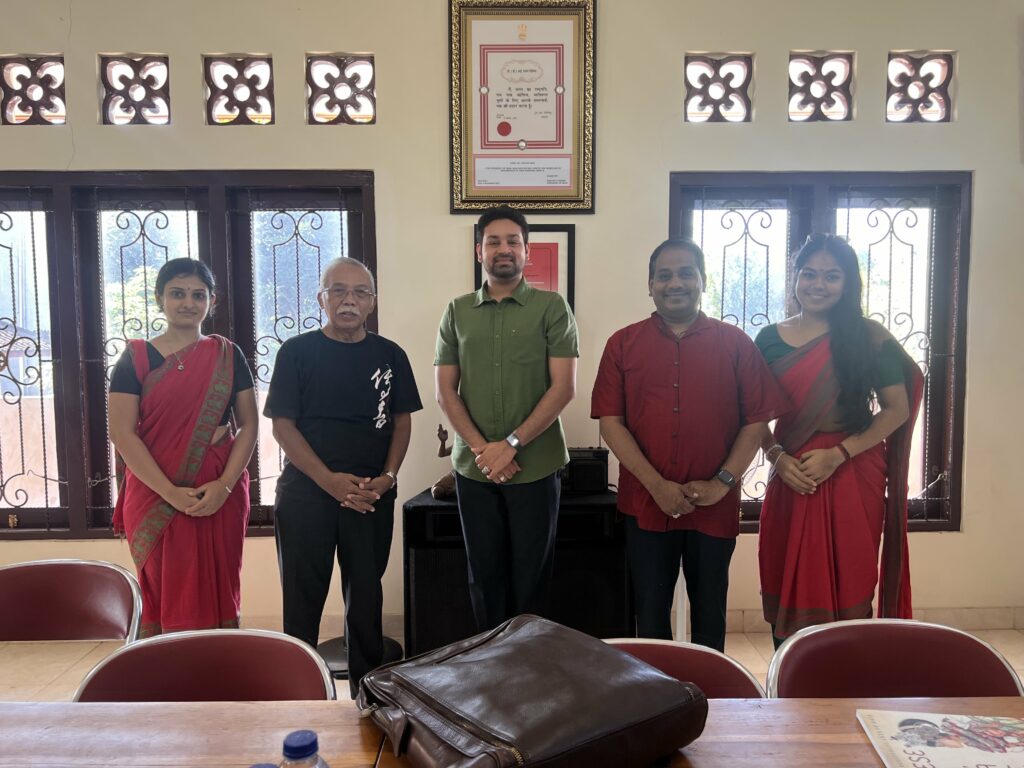
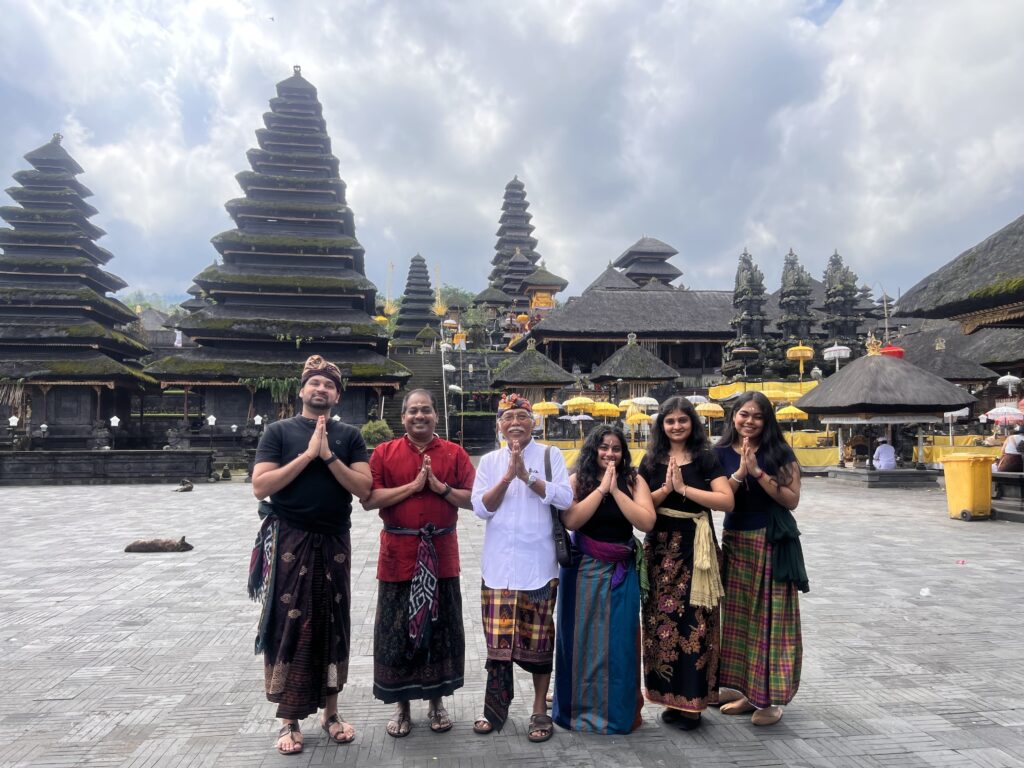
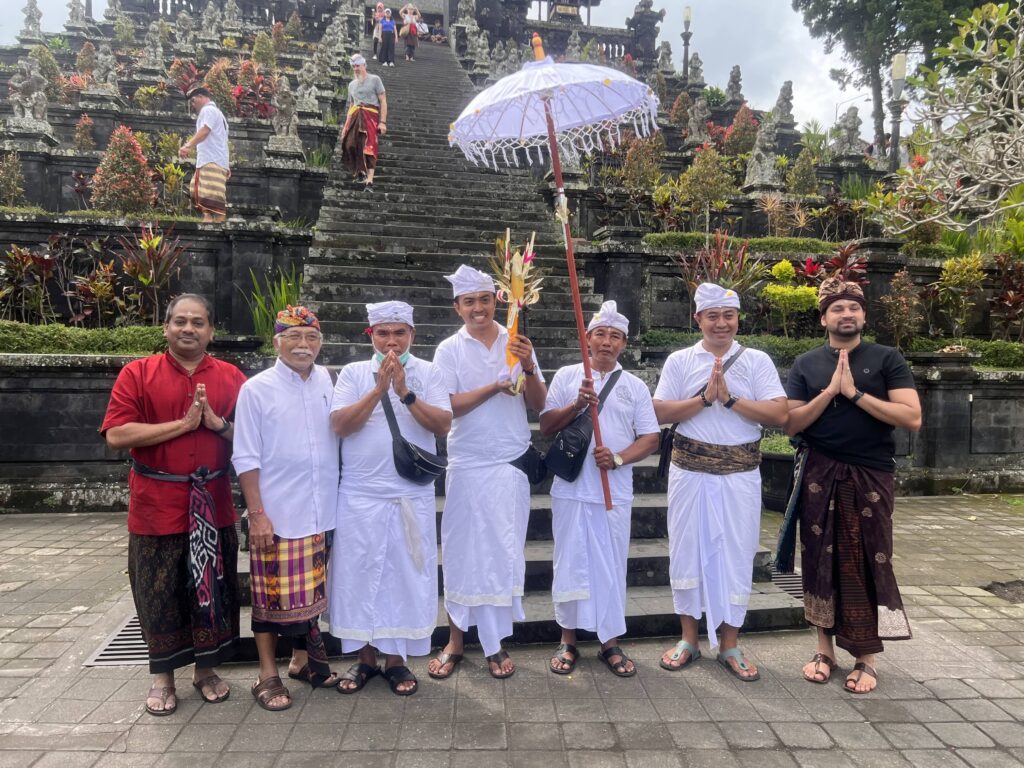
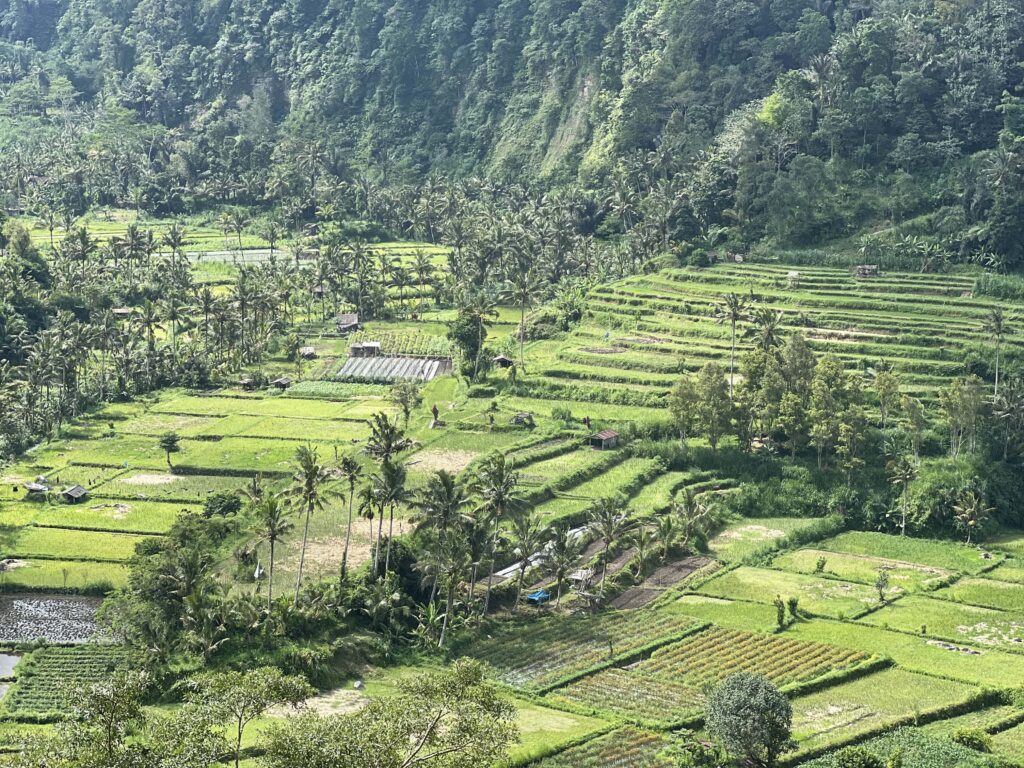
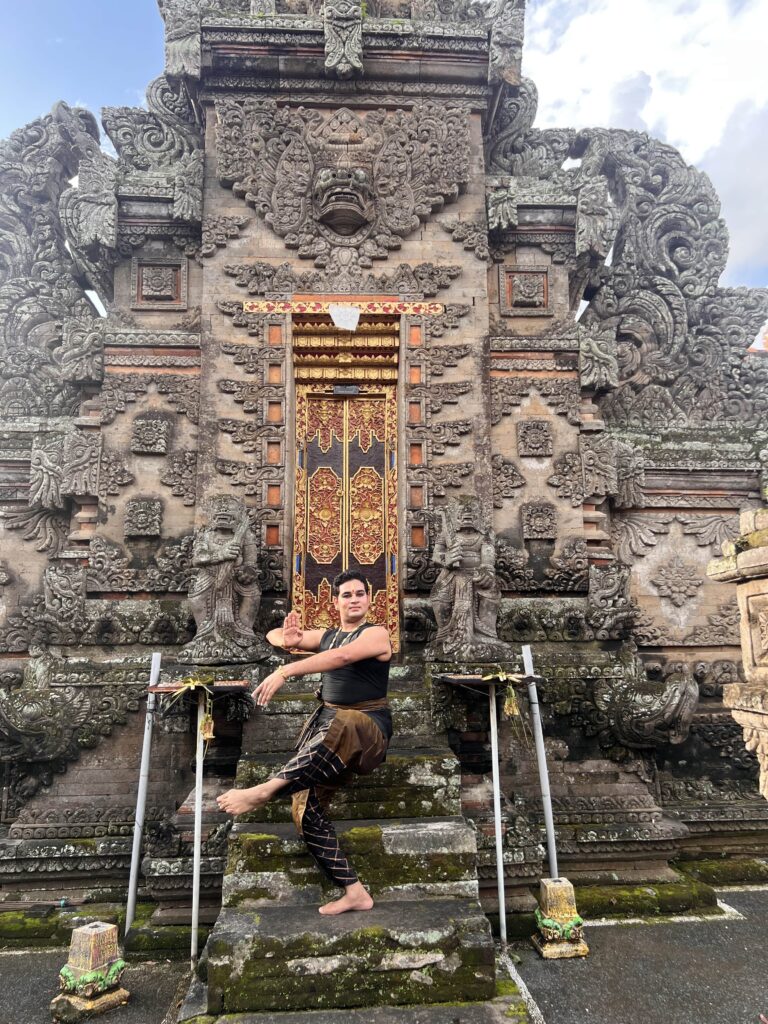
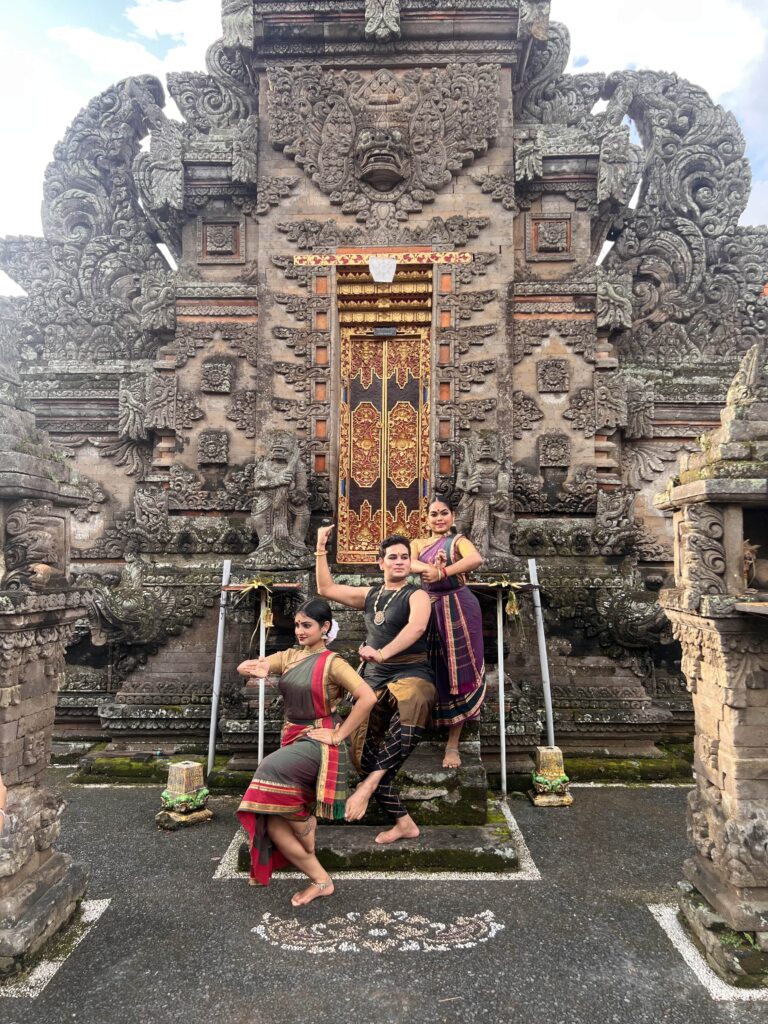
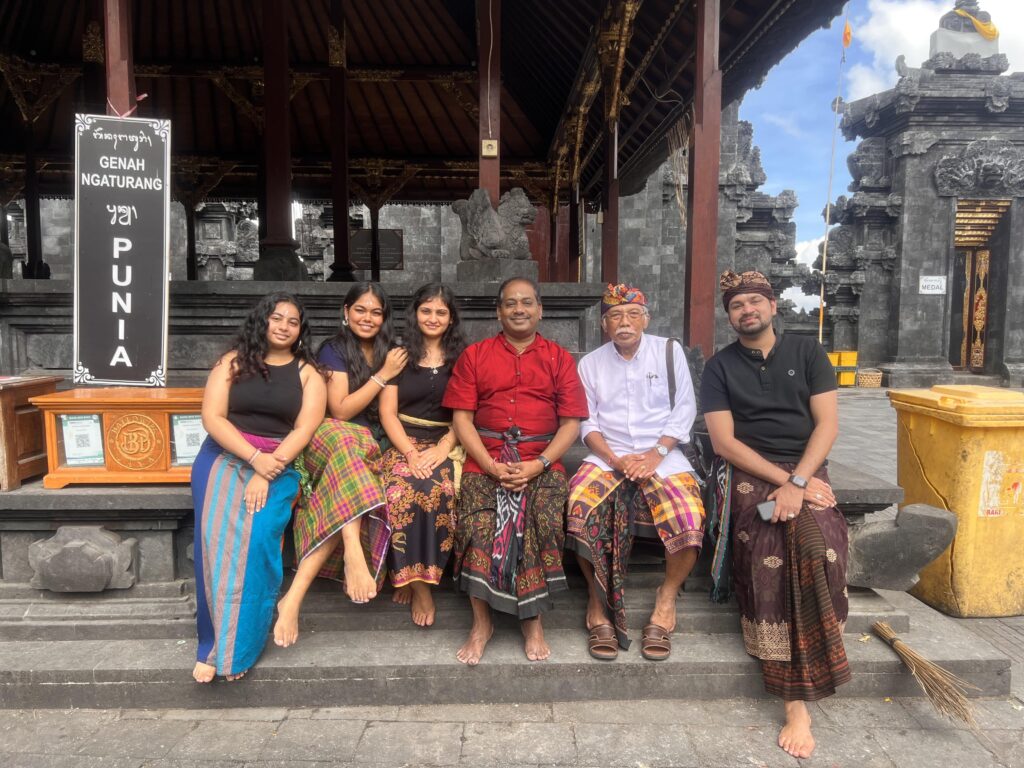
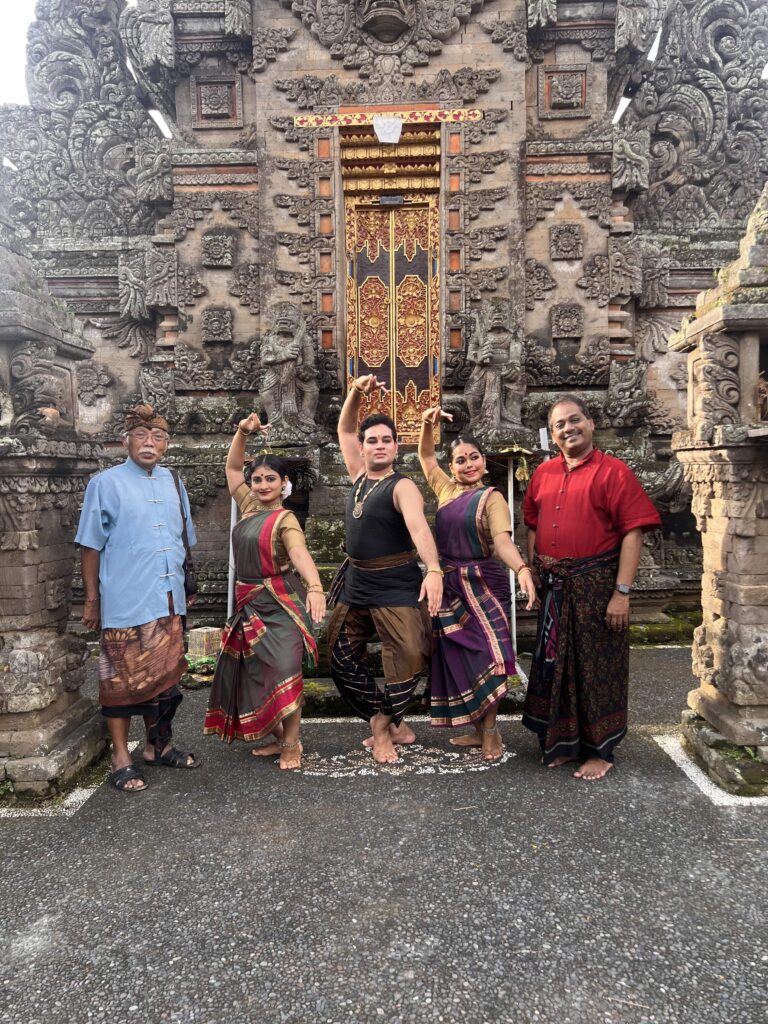
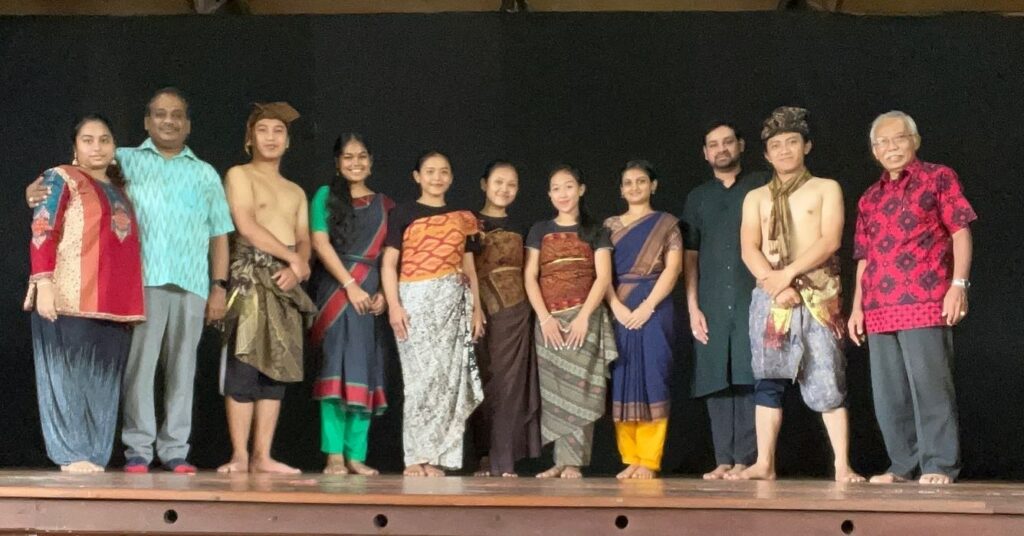
As we entered the cultural heartland of Bali, Ubud, our eyes were transfixed on the intricate soft stone carving in every single house on the street. While other countries strive to become more modern and advanced, this little island places utmost importance to preserving its ancient Hindu culture. Every street, corner and home is deeply rooted in the spiritual and cultural values passed on by several generations. Be it praying everyday, living in a collectivistic culture or respecting and valuing people, nature and art, Bali has managed to somehow retain its personality through globalization. Perhaps the culture, serenity and kindness is what has made this island one of the most sought after holiday destinations.
While some might reduce it to the ‘free country’ where parties and merriment are unlimited, there is so much more to this beautiful paradise. The most unique aspect of Bali that caught my eye was definitely their traditional homes.
In a large compound a huge joint family resides together. The houses are made of a faded orange brick and lined with carved stone. Each small building in the compound, no higher than a storey or two welcomed us with a balinese wood door. The flowery lace like carving on each door was enhanced with a tint of gold making it look ornate yet classic. The people gave us warm smiles and all you could hear inside the compound was the chirping of the birds in the trees and soft chatter in the compound.
The place, although new, still gave me a sense of being at home. As we moved past the living rooms, discussion room, grainery for rice, and a function hall, we were led to the family temple at the north east corner of the compound. While all the other roofs were covered in clay tiles, the roofs on the altars were made of dried hay that had turned a charcoal black with age. The temple hosted altars for the mother temple Besakih, for the family gods and ancestors.
As the Balinese do not believe in the worship of statues, each altar was a slender high raised rectangular structure topped with a throne where they believed that their gods would descend if they prayed with utmost devotion. Even the mother temple Besakih hosted the three magnificent thrones for Brahma, Vishnu and Shiva, the Tridatu. Several pilgrims walked up the meandering hills during the Besakih temple festival and waited for hours together to pay obeisance to their gods with flowers, rice and incense sticks placed in a palm-sized leaf basket. They also applied rice to their foreheads, just like a bindi at prayers. The Besakih temple had a huge fleet of stairs leading up to what seemed like a gateway to heaven with two carved stone hedges for doors and the fluffy white clouds against the serene blue sky.
The gopuram of the temple stood towering the main entrance that is only opened once a year. All the altars were placed inside the open compound of this gopuram. I am a Hindu and am familiar with the Hindu practices but the way the Balinese approached their rituals in the same religion seemed completely different, until you understand that the significance of these practices are very similar at heart. However, the way the culture is instilled in the younger generations is a testament to their strong yet liberal beliefs and culture.
The Balinese way of life is also deeply intertwined with their nature. They cultivate their own grains, the most important is rice. Each home, each temple and each building on the road would have several plants nestled in them in addition to the lush green trees and fields, engulfing the village roads. An air of calm always prevailed around the island and the vast blue sky made it seem as though the whole of this island was under one collective roof.
It also seemed as though every corner had an altar and every street had a theater. Art is abundant on this island from streets overcrowded with sculptures, baskets, wood carvings, clothing, paintings, music and dance. Art truly flows in the blood of the balinese and is revered by its people. Being dancers ourselves, we were thrilled to work with the local artists in Bali and gained so many insights into their rich art form.
We had the privilege of working and collaborating with Prof Dr I Wayan Dibia and his dance company, Geok ensemble dancers for an upcoming project in November 2022. Geria Olah Kreativitas Seni (GEOKS) is a non-government organization based in Singapadu village of Gianyar-Bali. It is a theater space built by Prof Dibia where we spent most of our time collaborating and learning together. This space also welcomes any controversial and contemporary art and dance and the professor makes it a point to support the young and upcoming choreographers and artistes.
Entering the space, we felt a sense of overarching peace as it was situated in the midst of nature and surrounded by traditional Balinese houses including Prof Dibia’s ancestral home. Throughout the choreographic process it was interesting to see, not only how the two dance forms came together but also how the two choreographers Dibia and Mohanapriyan sir tried to find middle ground between their two distinct styles. As it progressed, we learnt that actually there are many similarities between Bharatanatyam and Balinese dance as they both follow principles of the Natya Shastra.
For example, the turned out position of the feet, eye and head movements,Trianga is known as Tribhanga in Indian classical dance. Thus, taking these similar traits into consideration it was a fruitful experience seeing how Priyan sir tried to find steps that would correlate to that of the Balinese dance. Another similarity was the using of neck movements attami in Bharatanatyam or using pretitam and chaaris. To our surprise the balinese dancers caught on very fast and it really showed that the training they have received is very versatile. Watching them, we realized that it doesn’t matter what art form we are trained in but that our bodies are like empty vessels and movement is what gives life to the dancer.
We also had the chance to learn the basic fundamentals of Balinese dance taught to us by Prof Dibia where we learn stances, dance steps, gestures, head movements, flicking of the eyes etc. Balinese dance, especially legong, might look fairly simple because it is very flowy and gentle but in reality there are a lot of intricate details that goes into holding a stance or a position or even coordinating the head, eyes, finger movements on top of the dance steps. Unlike Bharatanatyam they begin all their movements with the uttama or the madhya of the triangas, which means they rarely begin their movements with their legs first. The head is considered the uttama of the trianga and the most sacred of them all.
Besides learning about Balinese traditional art form, we also got to watch Balinese theater at the Indonesian Institute of the Arts, Denpasar. Walking into the institute, I was very surprised to see that the emblem of the school was Lord Nataraja. ISI Denpasar has a symbol called Ciwa Nataraja, which is the embodiment of Ciwa as the supreme God of art.
As a creator God, each of his four hands holds a sacred library (a symbol of science); musical instruments (symbols of art and culture); genitri (symbol of bonding and the power of science); and whips (symbol of the promoter and controller of science). Lord Ciwa stands on a lotus; supported by a large tortoise (as a symbol of the balance of the world). The lotus depicts the holy rays of God Almighty, and the nimbus that surrounds it represents the power of God Almighty. The basic red heart color symbolizes sincerity and love, and the golden color on the symbol depicts the greatness of art, science, and technology.
When we entered the space, I was in awe at how magnificent the theater looked and also how similar it looked to Bharatha Kalakshetra which was built according to the Natyashastra. As I spent more time in Bali and immersed myself in the arts, I realized that Indian classical dance is so close to that of the Balinese art form.
There was a live orchestra that included percussion instruments, flute, string instruments and many others. The orchestra was also placed on stage right as we can also see in any Bharatanatyam performance. As we watched the dancers come on stage, they were hidden behind a yellow cloth as they sang lyrics that were supposed to tell a story. This corresponds so much to how a kathakali artist would begin a show by hiding behind the piece of cloth. And they performed an entrance similar to the ‘paathra pravesha’ in bharatanatyam where they appear from behind a curtain to introduce their character. It is also very unique to see that the dancers themselves were also singing and delivering dramatic dialogues while they performed the dance.
The show sustained a good balance of comedy and drama and each costume, makeup, hairdo, voice quality, dance movement etc were personalized to match the character. This trip to Bali allowed us to not only immerse in their dance but also in their culture and community. The similarities in certain practices as well as their differences made us think and constantly draw parallels back to our own foundation.
We also learnt what it really means to be skilled yet humble from the Balinese. Bali is truly a paradise for culture and there is so much warmth and affection to learn from even a simple person in this town.









